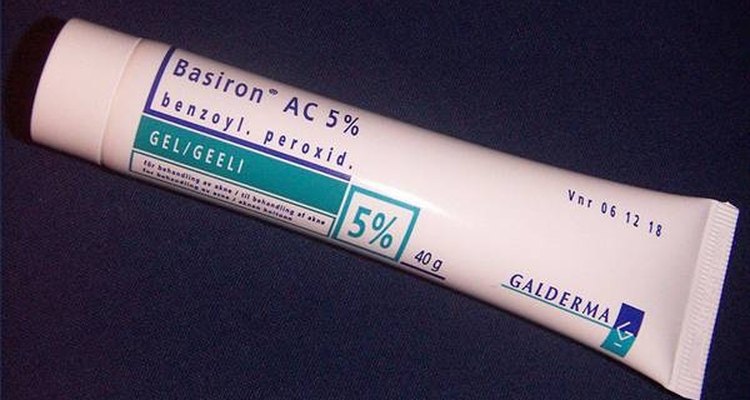
The earliest mention of acne occurs in the ancient Greek writings of the physician Aëtius Amidenus. The word acne is a derivative of the Greek word "acme" meaning "point." Between those ancient times and now, people have tried to discover a safe and effective treatment for acne. Along the way, we have experimented with substances that were dangerous or even laughable.
Antiquity
The ancient Greeks and Romans used sulphur, usually dumped into scalding hot baths, to treat acne. Sulphur treatment was usually effective if zits were caused by oil or bacteria. The sulphur would dry the oil on the skin that clogged pores and kill the bacteria that caused pimples. However, sulphur did not address acne caused by hormonal imbalances, such as those that occur during puberty. Still, this method continued to be used until the 20th century, when better products became available.
Elizabethan Acne
During the Elizabethan period, a woman's appearance became more important than ever. An extremely pale complexion suggested nobility. For this reason, women began wearing layers of Venitian Ceruse, a thick, white, lead-based paint. This created the perfect breeding ground for pimples since people of those days didn't wash as we do today.
Acne at the time was suggestive of witchcraft. To cure these pimples, women used a different makeup containing mercury. The caustic mercury actually ate the flesh off of the skin. To cure this problem, women resorted to the sulphur treatments of the ancient Greeks and Romans
Roaring 1920s Acne
In the 1920s, Jack Breitbart of the Revlon Corporation developed benzoyl peroxide for the treatment of acne. Breitbart recognized that this product smelled better and was more effective than the sulphur treatments of the past. Initially, benzoyl peroxide was used in a paste form and applied to pimples. The pimples would soon peel away to reveal fresh skin. Today, benzoyl peroxide is the active ingredient in most over-the-counter products, including Proactiv.
1950-1980s Acne
Thirty years after the development of benzoyl peroxide, the medical community began developing medications to treat acne. Tetracycline was first prescribed for acne in the 1950s when it was discovered that some acne was caused by bacteria. In the 1960s, the topical treatment Retin-A was marketed to combat acne. Retin-A produced great results and is still used today. Accutane is an oral acne medication that was developed in the 1980s. Accutane is extremely effective but has severe side effects such as stroke, seizure, heart attack and hair loss. Women using Accutane are cautioned against conceiving a child for up to six months after discontinuation as the baby is almost guaranteed to have complications. However, Accutane is still prescribed today with great results.
Modern Treatments for Acne
Laser treatments are today's top choice in acne treatment. The laser treatments, however expensive, produce immediate and lasting results and leave little to no scarring. Benzoyl peroxide topical solutions are still the most affordable and effective over-the-counter treatments. Accutane is reserved for severe cases that cannot be treated with a different method.
Related Articles

Chasteberry for Acne

When Does Menopause Acne Stop?

Eucalyptus Oil & Acne

Baby Oil & Tanning

Uses for Castor Oil on the Skin

Tea Tree Oil as a Natural Remedy for ...

How to Use Salicylic Acid & Benzoyl ...
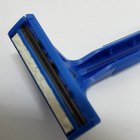
Glycolic Acid & Razor Bumps

Lavender Oil & Acne

Alternatives to Green Soap
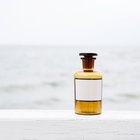
Uses, Advantages and Doses of Castor Oil
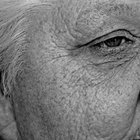
Facts on Natural Hair Changing Color

Difference Between Women's Rogaine & ...

Can Tri-Luma Be Used to Fade Acne Scars?
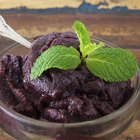
Acai Berry & Acne

Skin Benefits of Eating Coconut Oil

Substitutes for Wax Strips

Seaweed and Acne

List of Retinoids

Benzoyl Peroxide-Free Acne Products
References
Writer Bio
Heather Monroe has been writing for Demand Studios since March, 2009. Heather enjoys blogging about California's beautiful Inland Empire and its rich history. She has also published her own line of greeting cards and tee-shirts. Although she got a bit of a late start, Heather is pursuing a degree in Journalism.